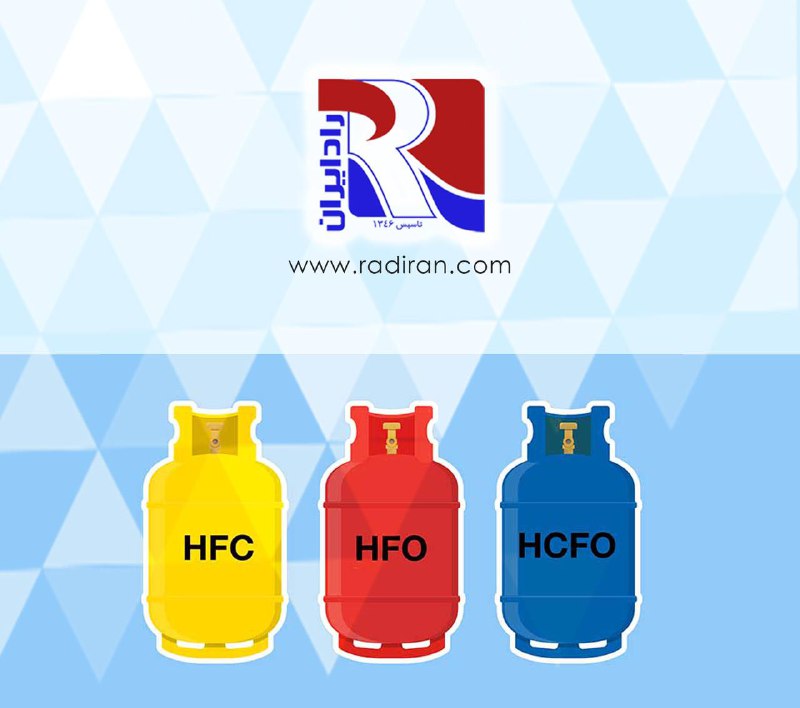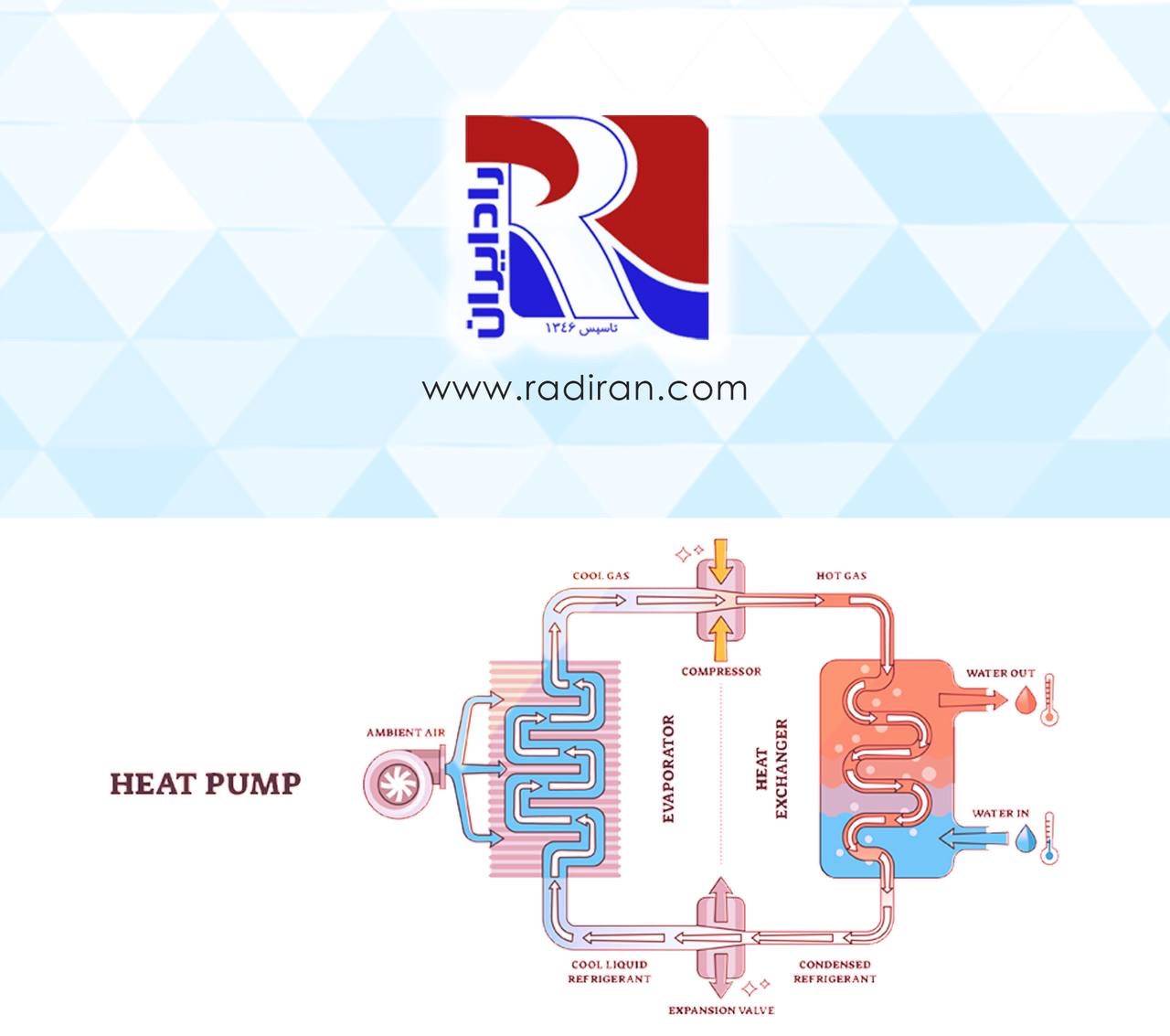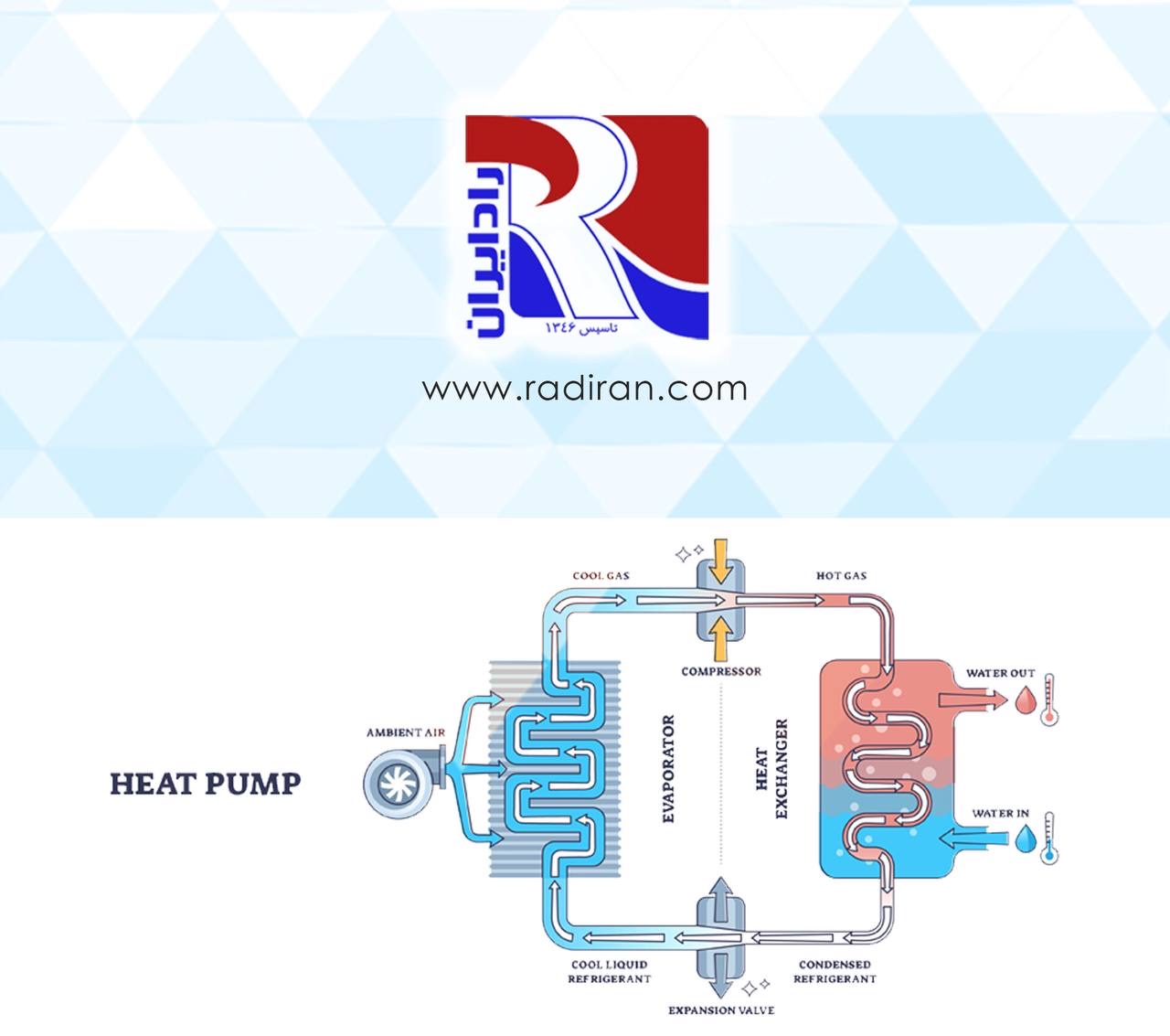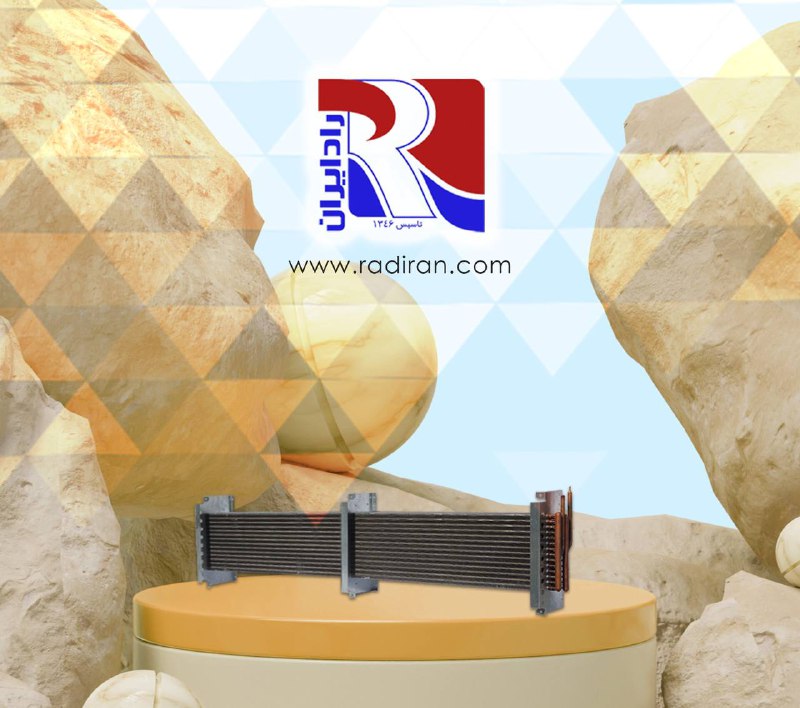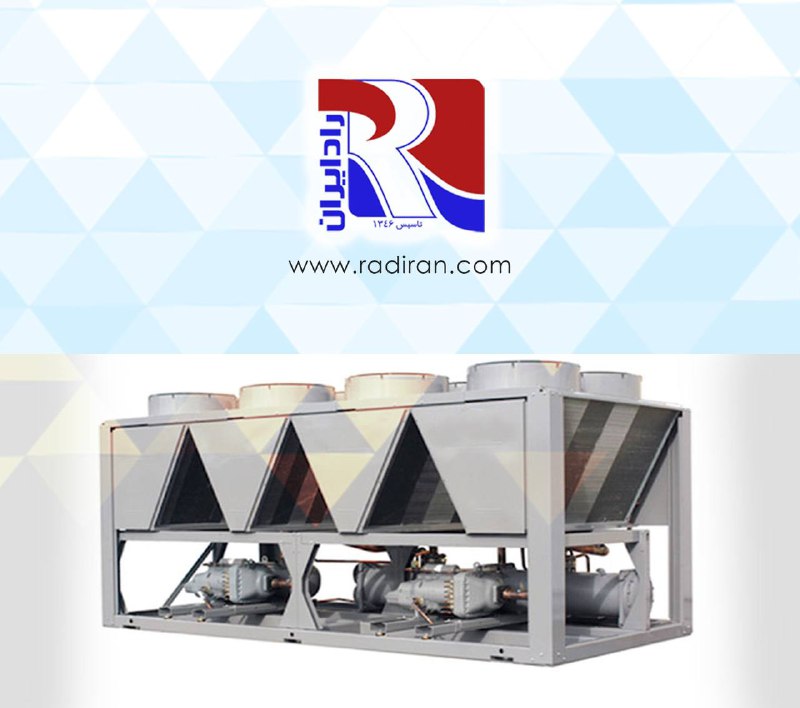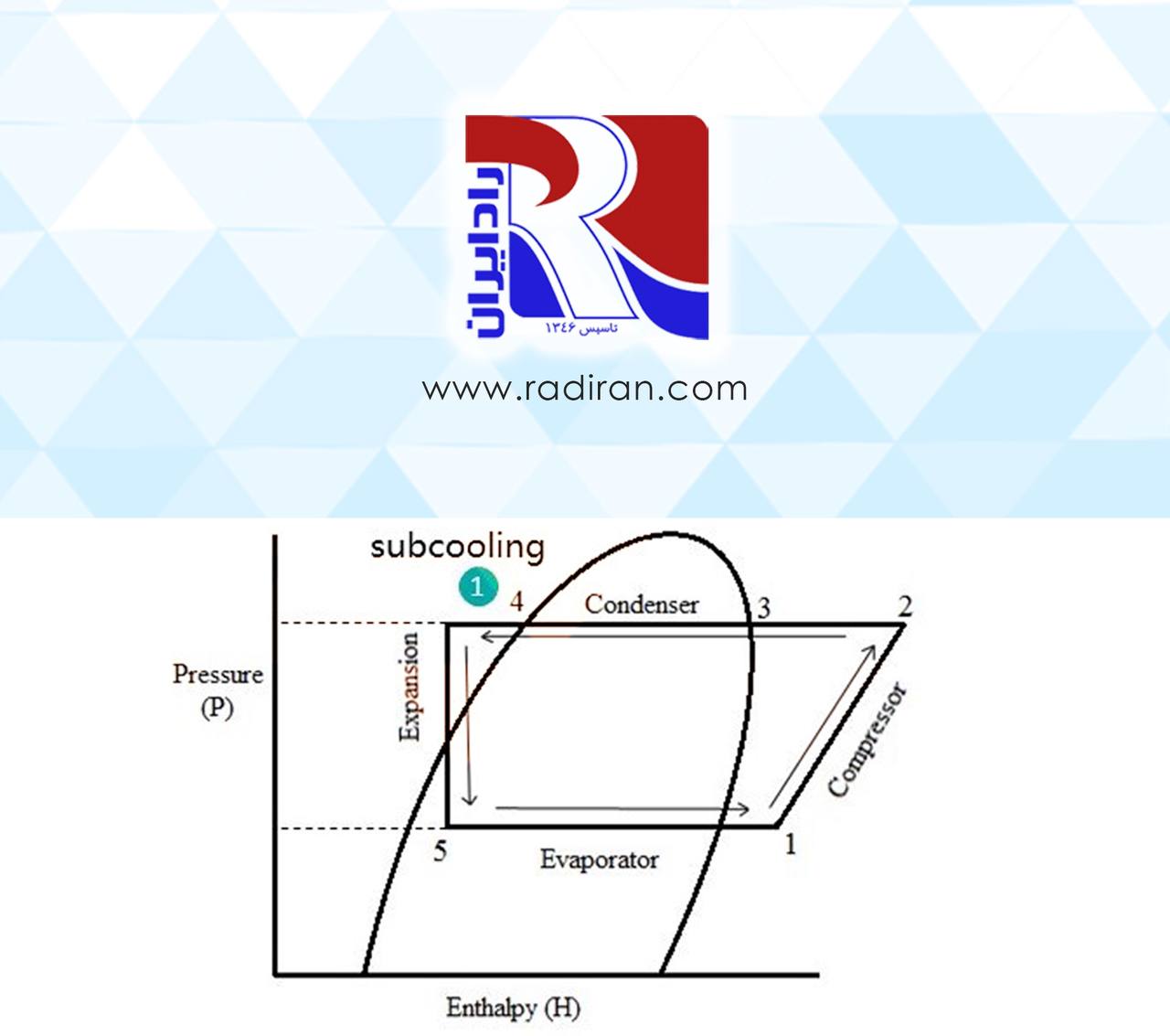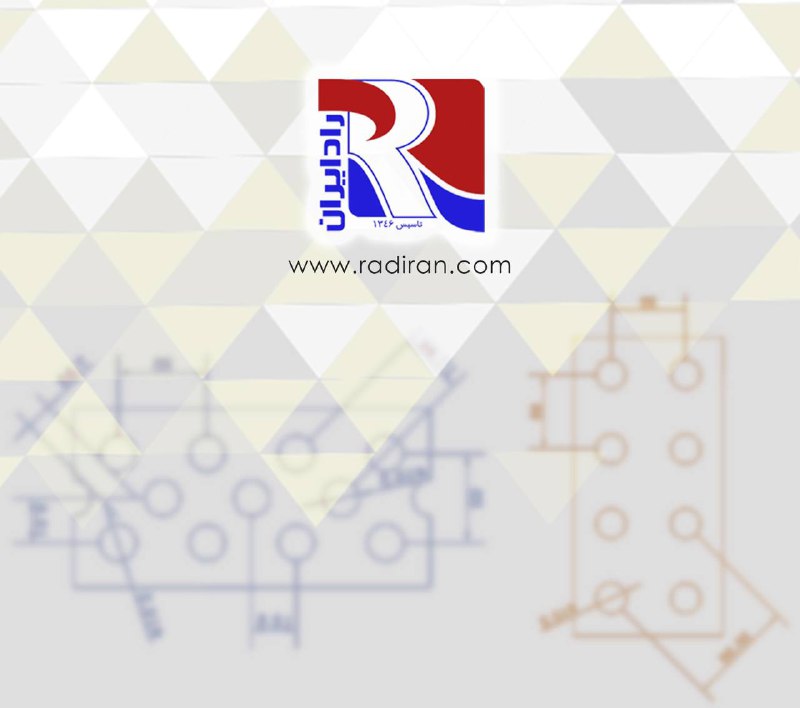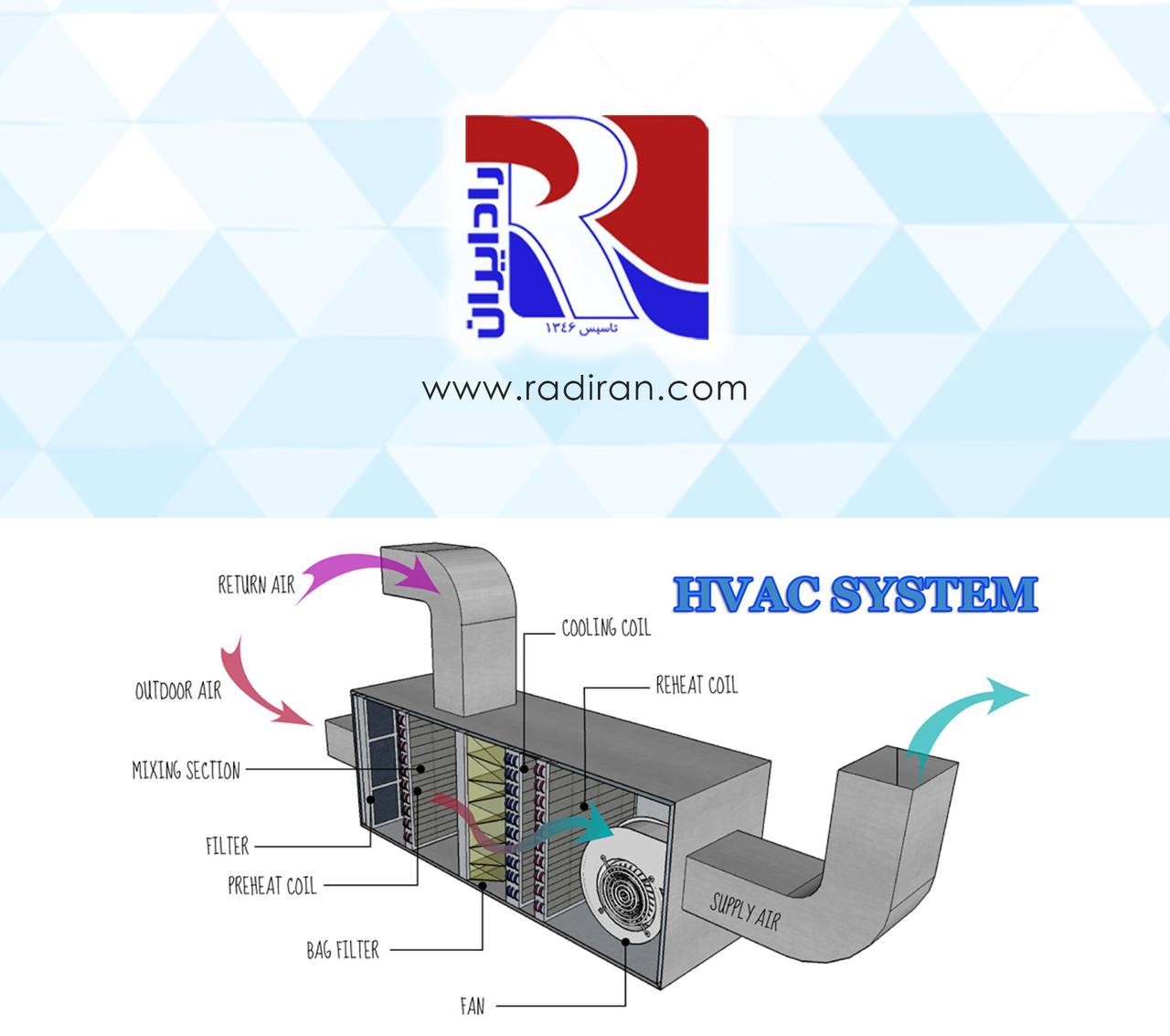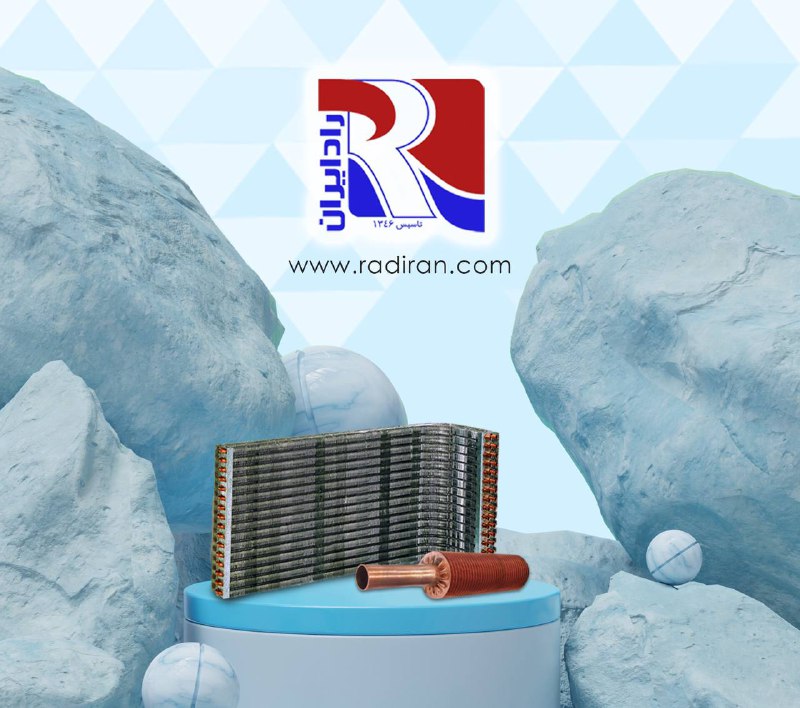Refrigerants Impact on coil design
Refrigerants in HVAC systems can be categorized into different types, such as chlorofluorocarbons (CFCs), hydrochlorofluorocarbons (HCFCs), hydrofluorocarbons (HFCs), and hydrocarbons. The choice of refrigerant significantly impacts coil design in HVAC systems. For example, the transition from CFCs to HCFCs and HFCs was driven by environmental concerns, as CFCs were found to deplete the ozone layer. HFCs, like R-410A, became popular due to their ozone-friendly nature, but concerns over their high global warming potential (GWP) led to the development of alternative refrigerants...

